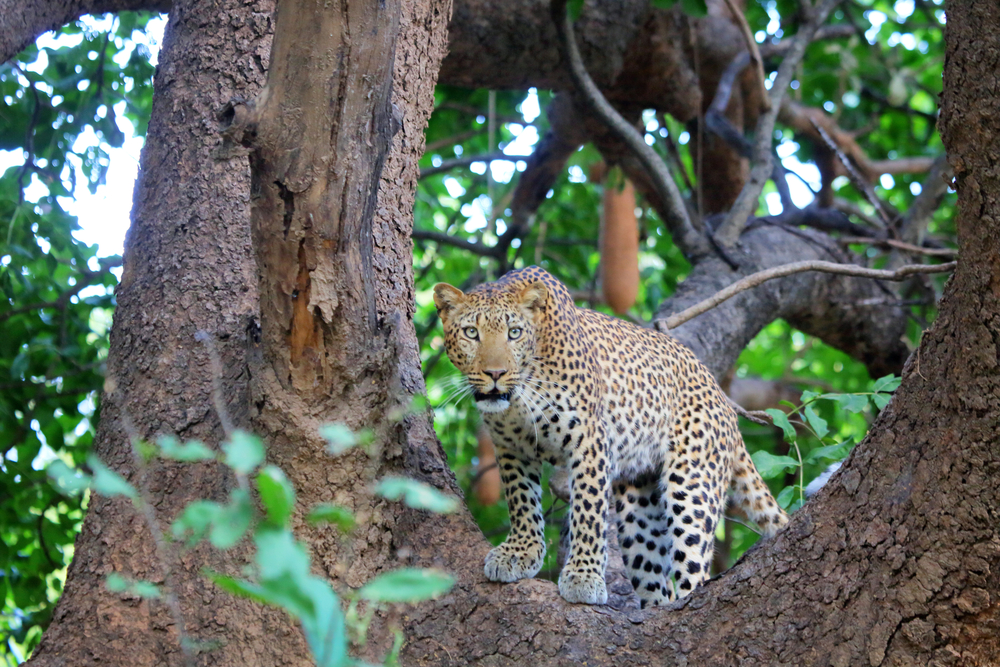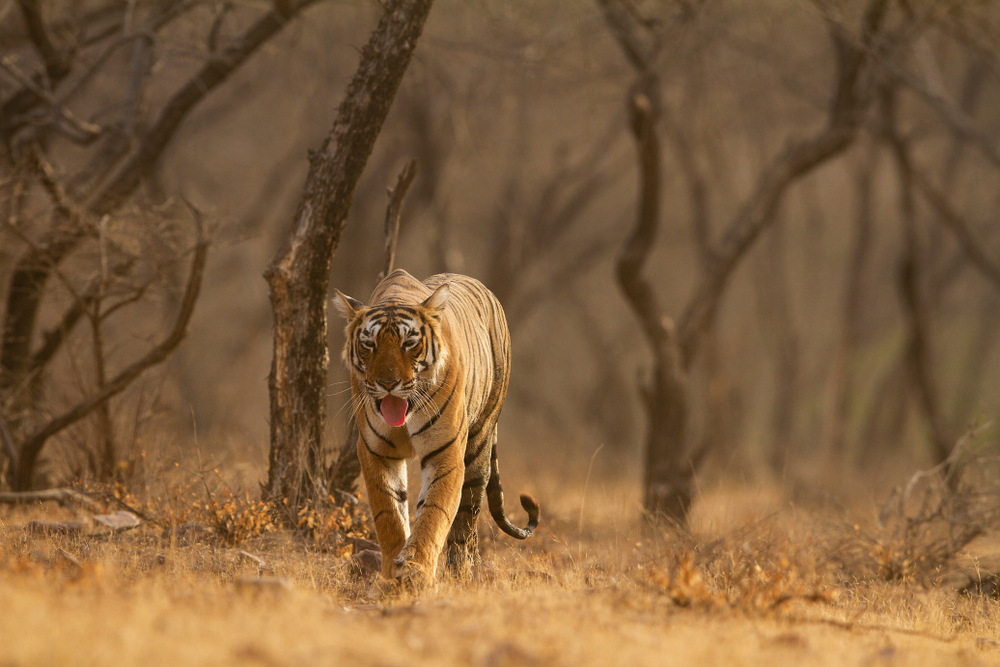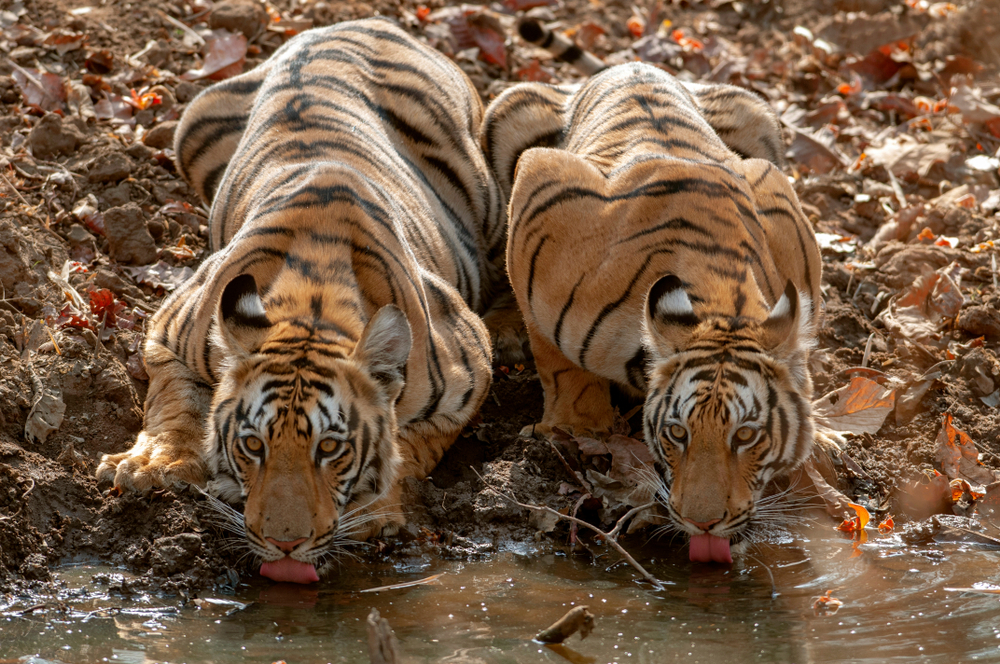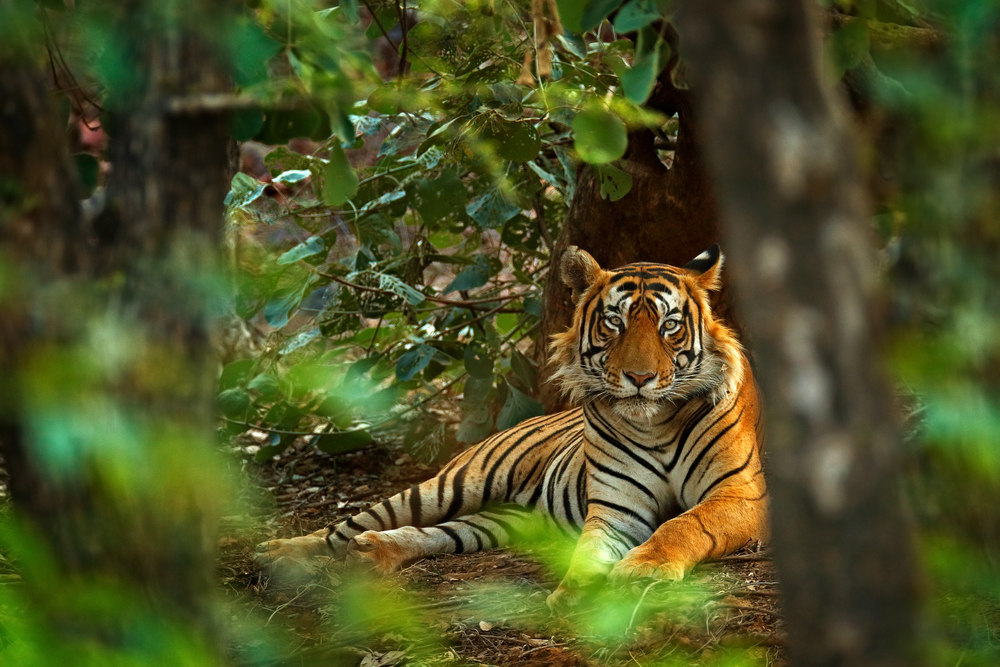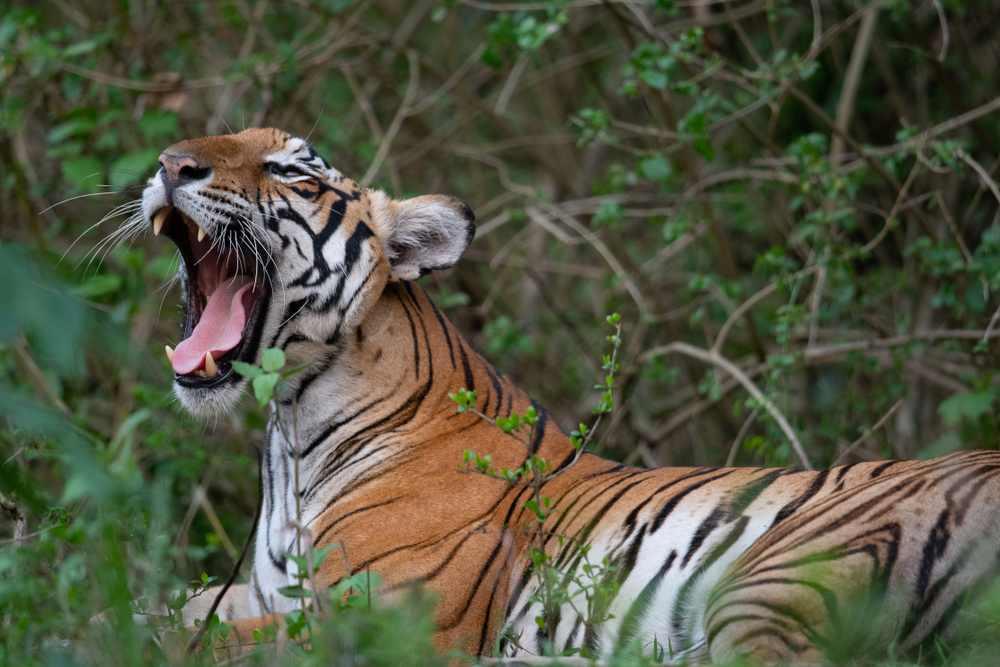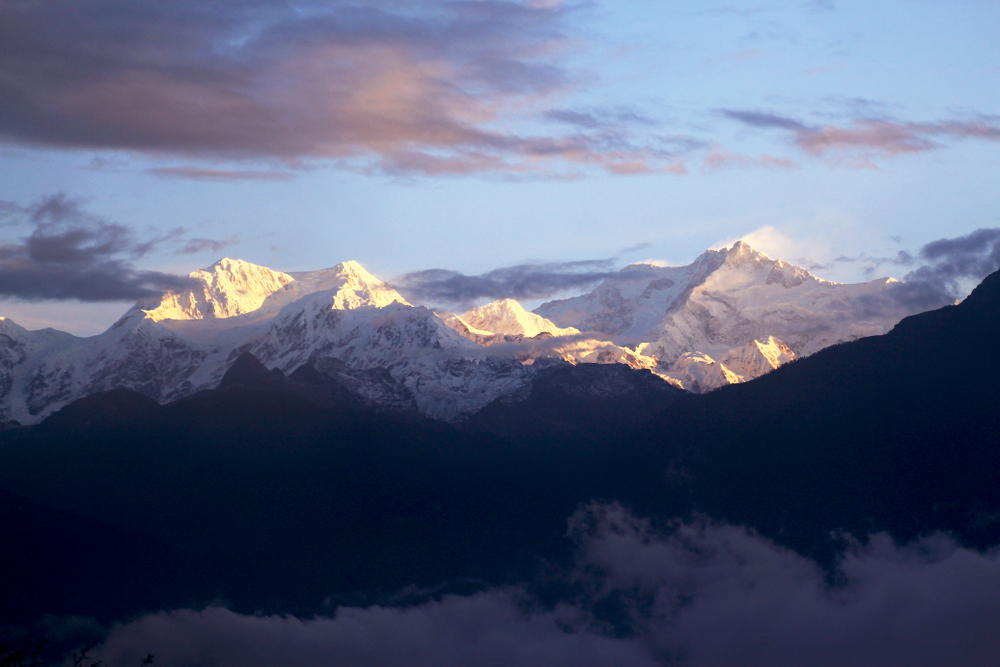Khangchendzonga Overview
Khangchendzonga National Park, nestled in the heart of the Himalayas in the Indian state of Sikkim, is a remarkable testament to the majestic and pristine beauty of nature. Designated as a UNESCO World Heritage Site in 2016 for its unique diversity of plains, valleys, lakes, glaciers, and spectacular, snow-capped mountains including the third highest peak in the world, Mount Khangchendzonga, the park spans an impressive area of approximately 849.5 square kilometers (about 328 square miles). This diverse ecosystem is named after the mountain Khangchendzonga, which is revered by the local people as a guardian deity.
The park’s elevation ranges from 1,829 meters (6,000 feet) to over 8,586 meters (28,169 feet), encompassing a variety of landscapes from lush temperate forests to alpine meadows and frozen tundra. This vast altitudinal range supports an incredible diversity of plant and animal life, making it one of the most ecologically rich areas in the world. The park is home to many endemic and endangered species, including the snow leopard, Himalayan tahr, red panda, and musk deer, alongside a rich variety of birdlife.
Khangchendzonga National Park’s unique topography and cultural significance offer more than just biodiversity; it is a place where nature and spirituality converge. The park is interspersed with ancient monasteries, stupas, and sacred sites that reflect the profound Buddhist heritage and the indigenous Limbu faith of the Sikkimese people, adding a rich cultural layer to the natural beauty.
Trekking routes within the park offer adventurers and nature lovers the opportunity to explore its stunning landscapes, from rhododendron groves and serene lakes to the towering peaks that stand as silent sentinels over the land. These treks range from moderate to challenging, offering breathtaking views and encounters with the park’s wildlife.
Khangchendzonga National Park represents a critical conservation effort, safeguarding the biodiversity of the Eastern Himalayas while offering a sanctuary for those seeking to connect with the natural world and explore the profound serenity of these ancient landscapes.
Park Map
Engaging Khangchendzonga
Khangchendzonga National Park Trails
Sources
- Outlook India, Khangchendzonga National Park: A Peek Into Sikkim’s Magnificence, https://www.outlookindia.com/outlooktraveller/explore/story/70052/khangchendzonga-national-park-a-peek-into-sikkims-magnificence, retrieved April 2024.
- Tutorials Point, What is the Significance of Khangchendzonga National Park, https://www.tutorialspoint.com/what-is-the-significance-of-khangchendzonga-national-park, retrieved April 2024.
- Travel Triangle, Khangchendzonga National Park: An Ultimate Escape Into The Lap of Mother Nature, https://traveltriangle.com/blog/khangchendzonga-national-park/, retrieved April 2024.
- UNESCO, Khangchendzonga National Park, https://whc.unesco.org/en/list/1513/, retrieved April 2024.
- Wild Trails, Khangchendzonga (Kanchenjunga) National Park, https://wildtrails.in/khangchendzonga-kanchenjunga-national-park/, retrieved April 2024.
- World Heritage Outlook, Khangchendzonga National Park, https://worldheritageoutlook.iucn.org/explore-sites/wdpaid/555622043, retrieved April 2024.











































































